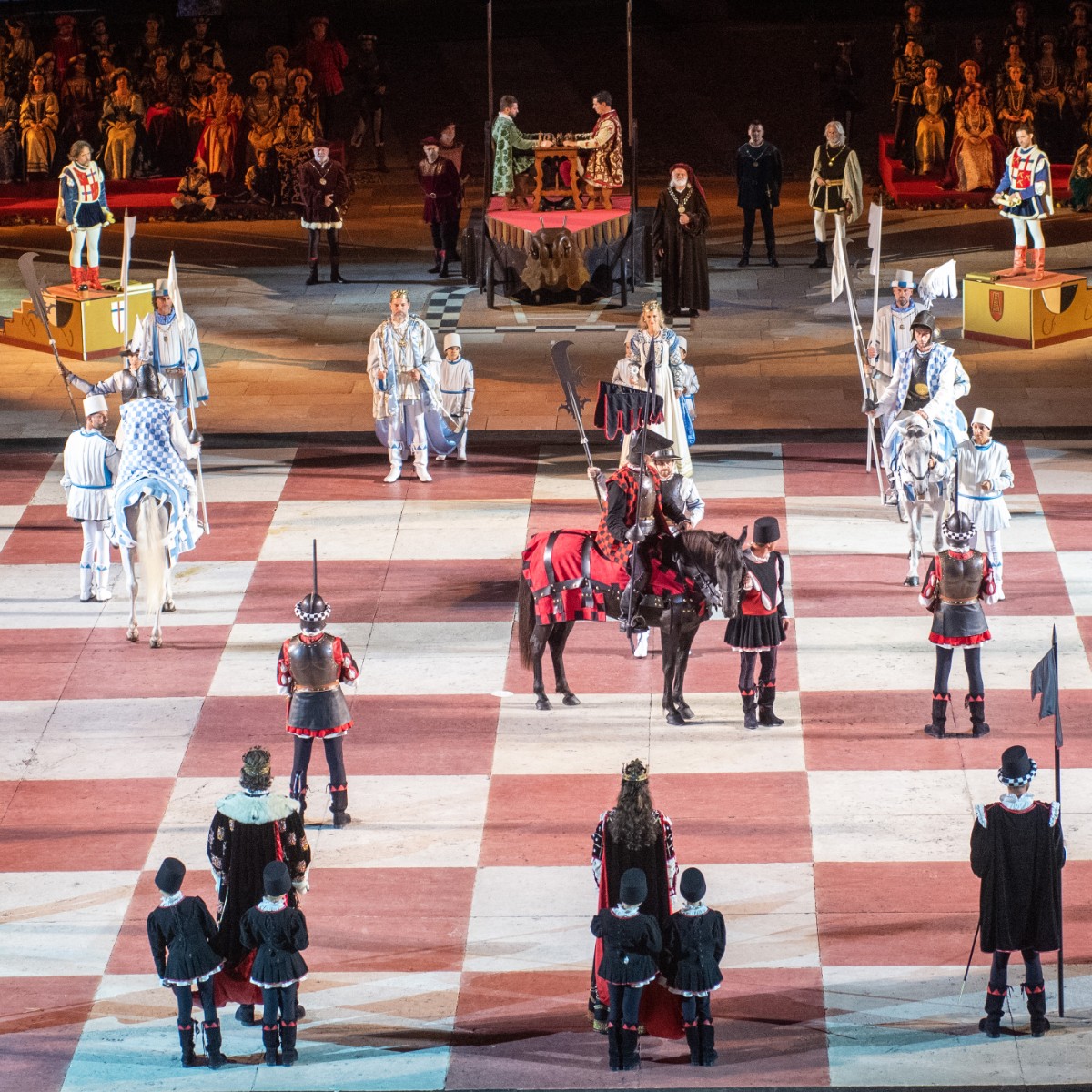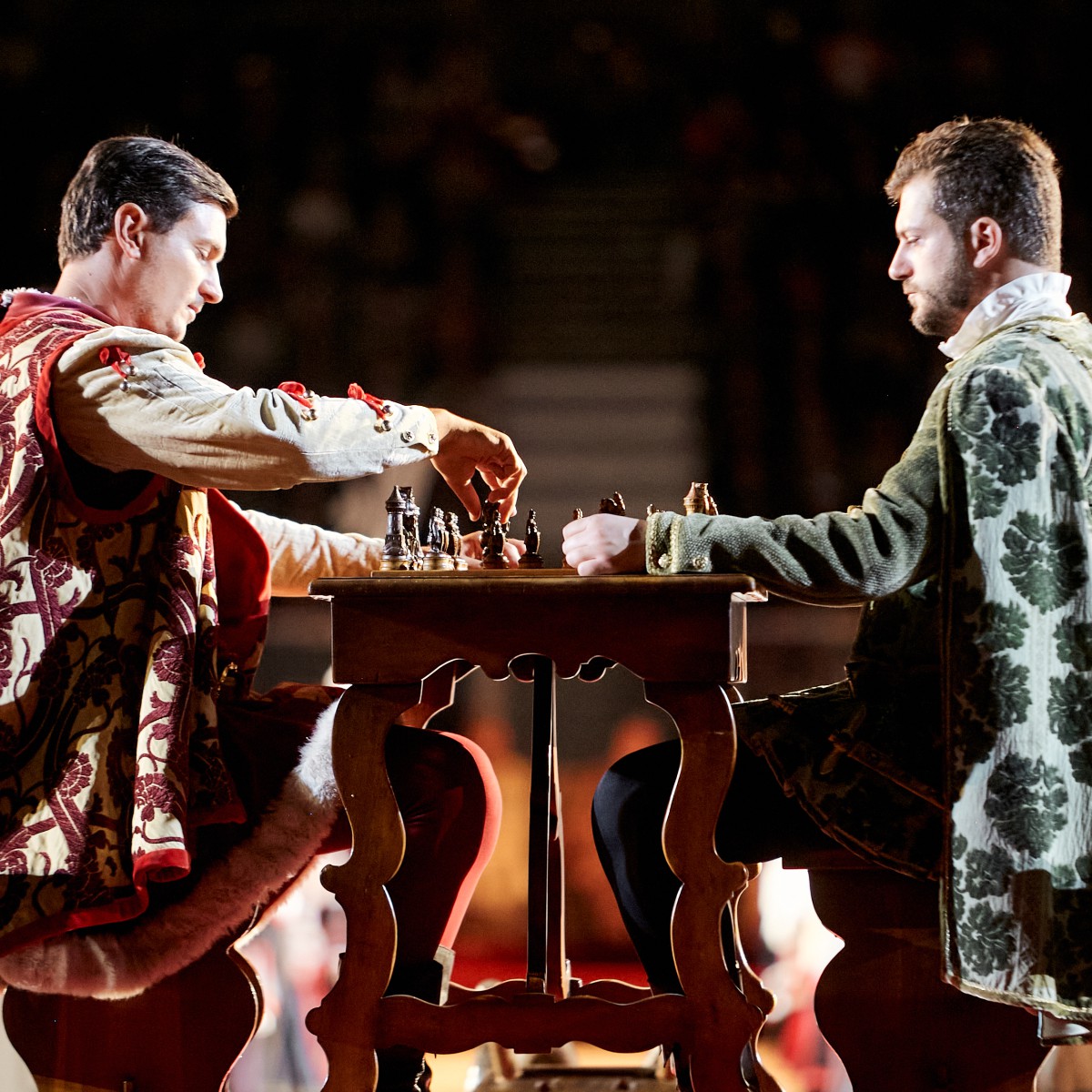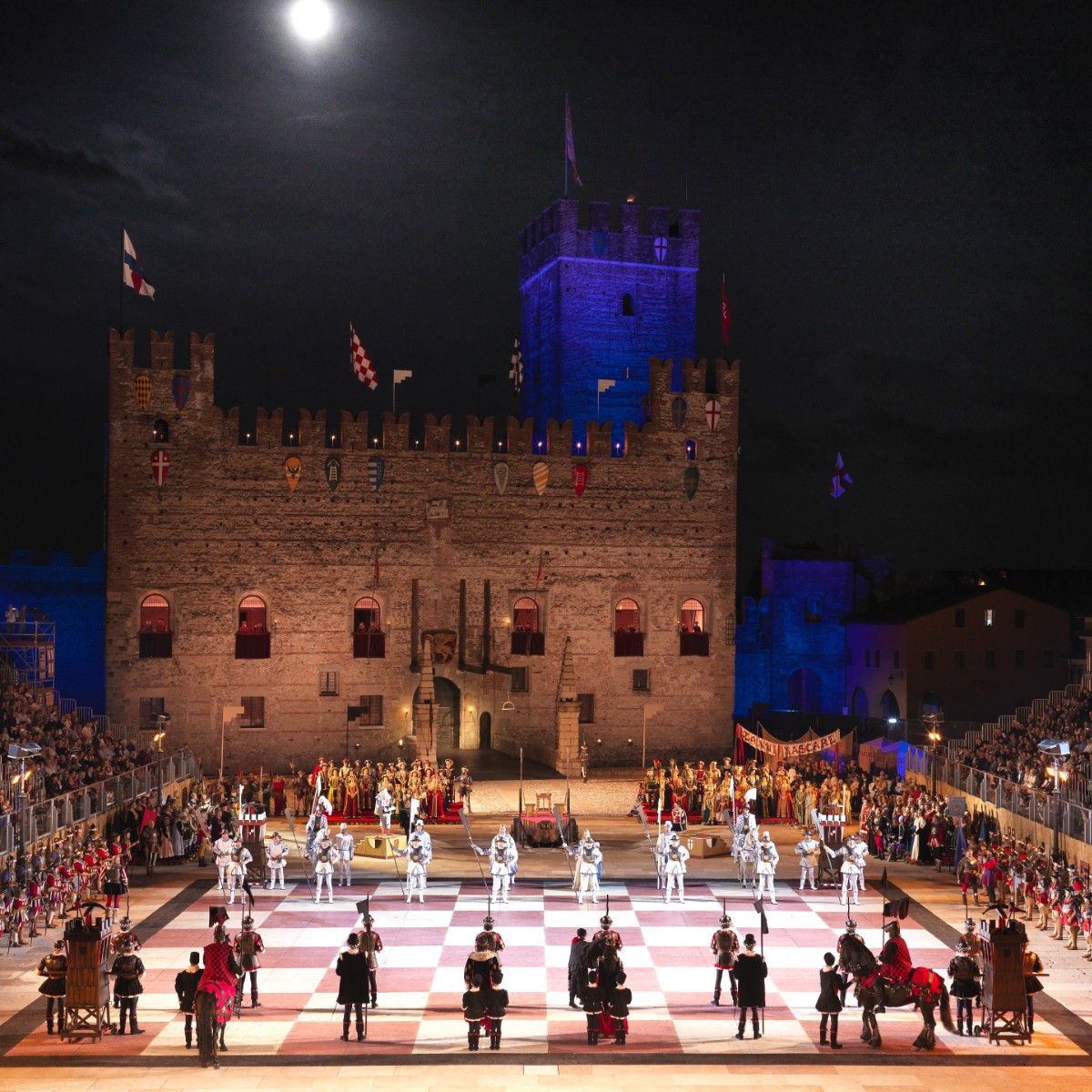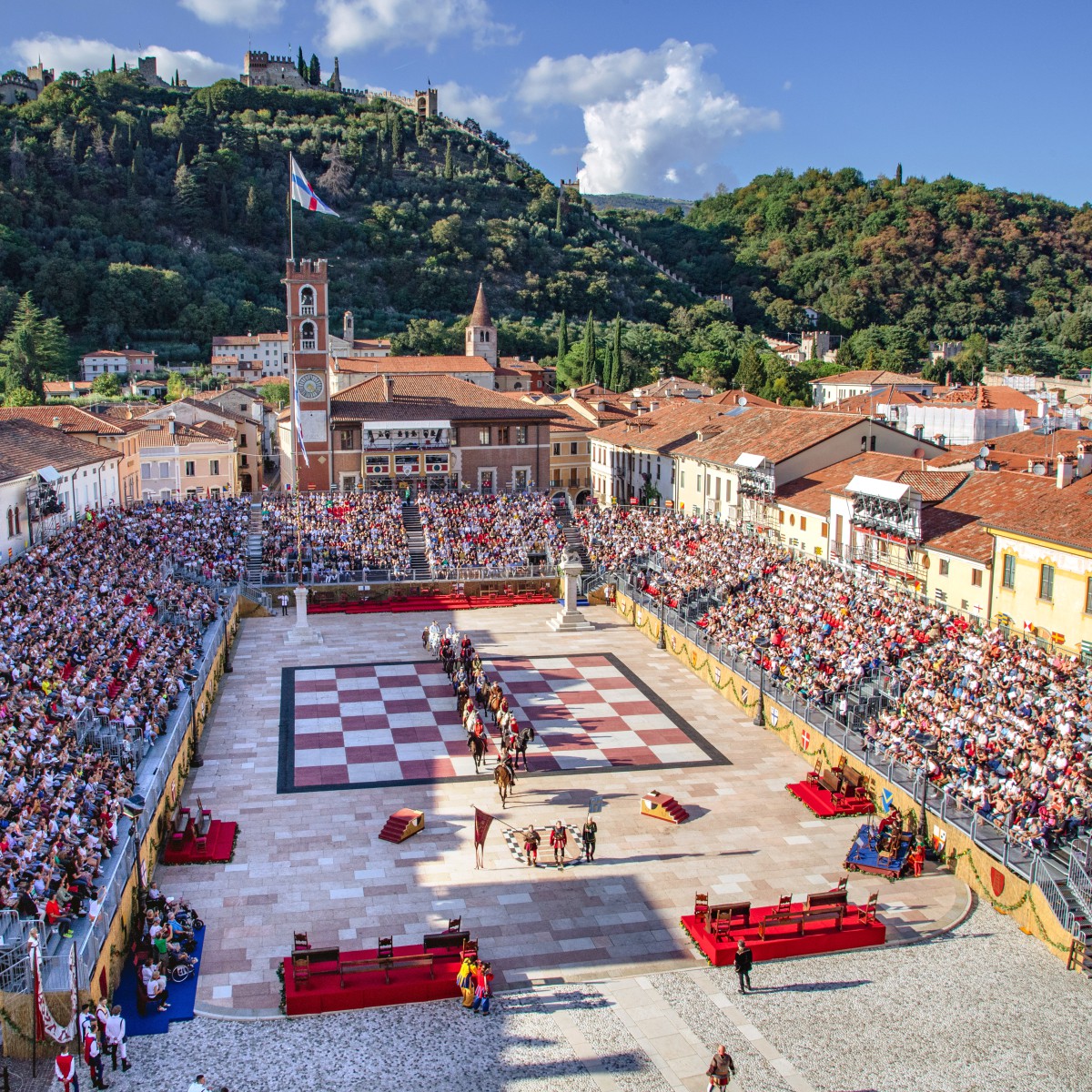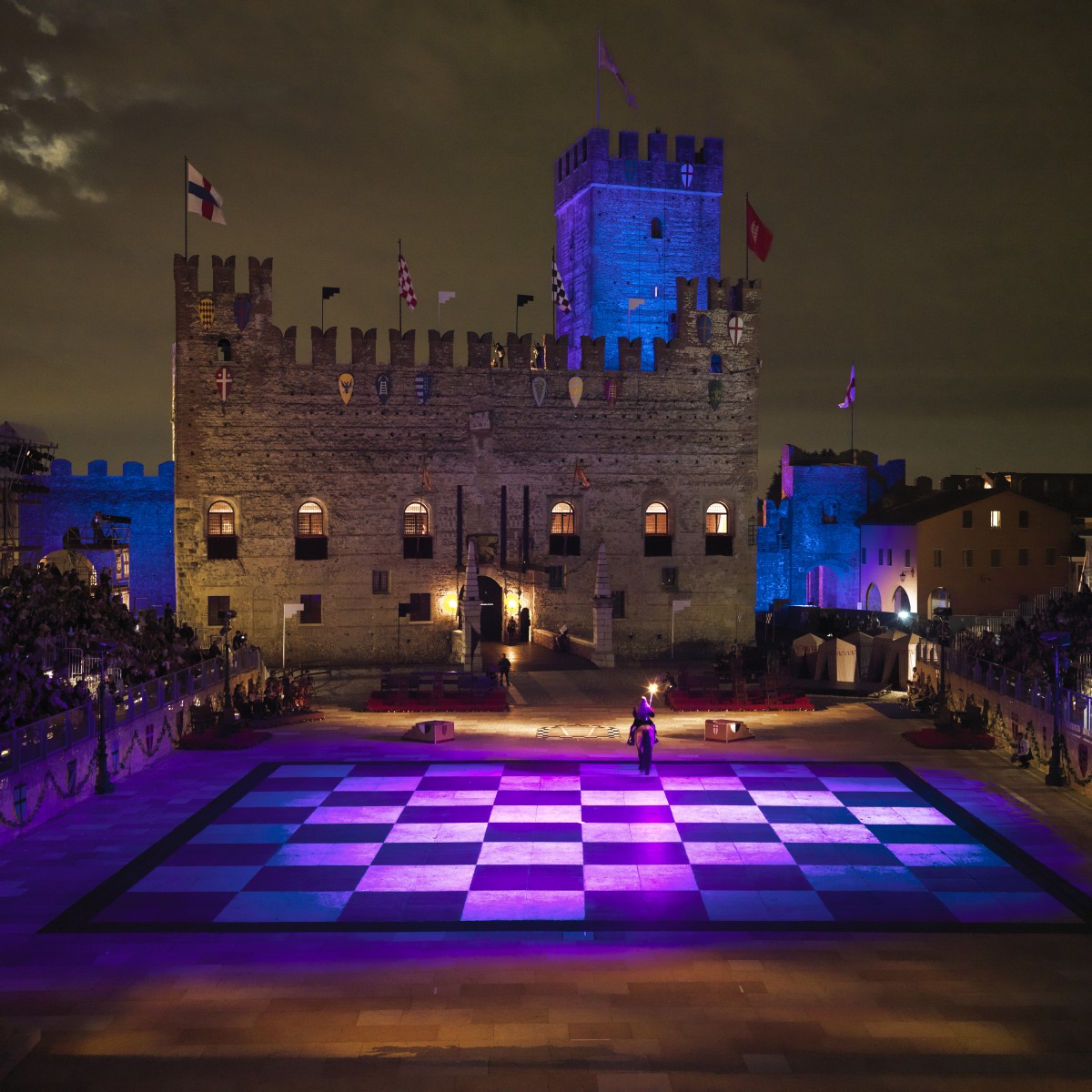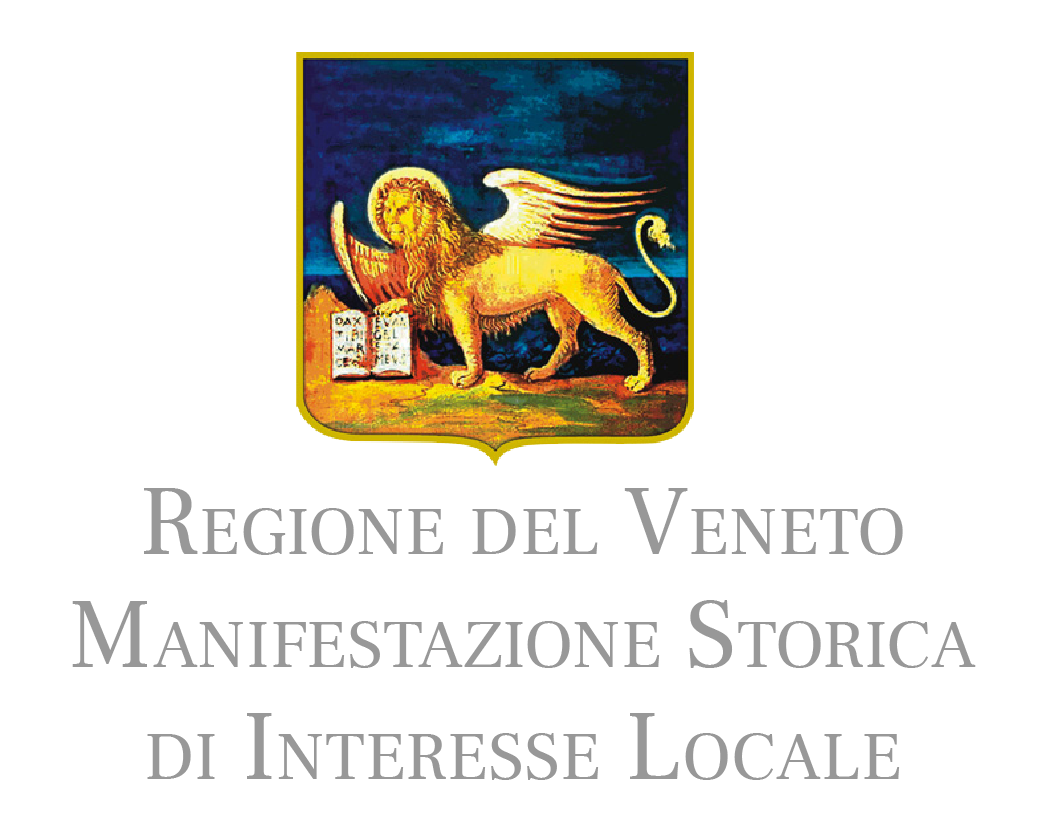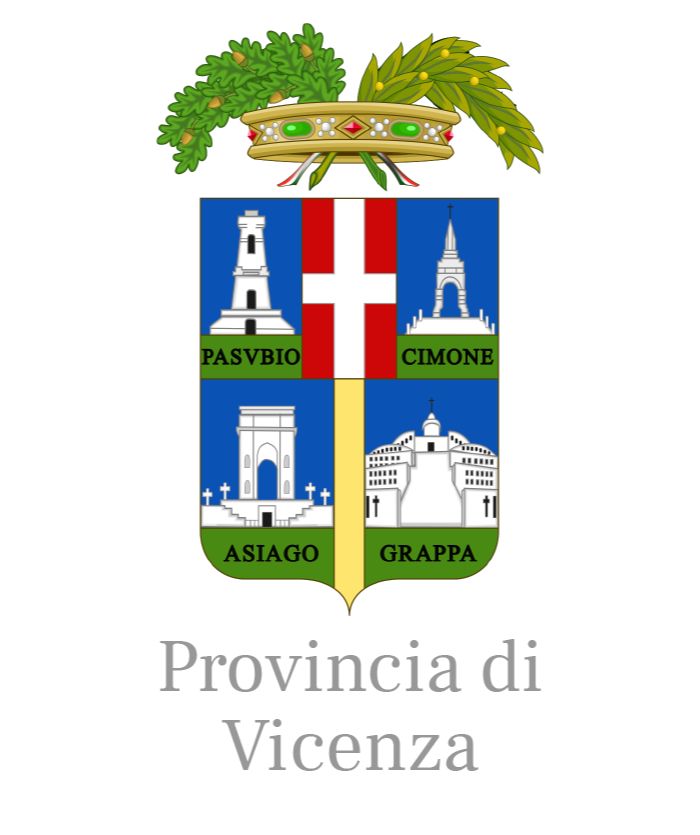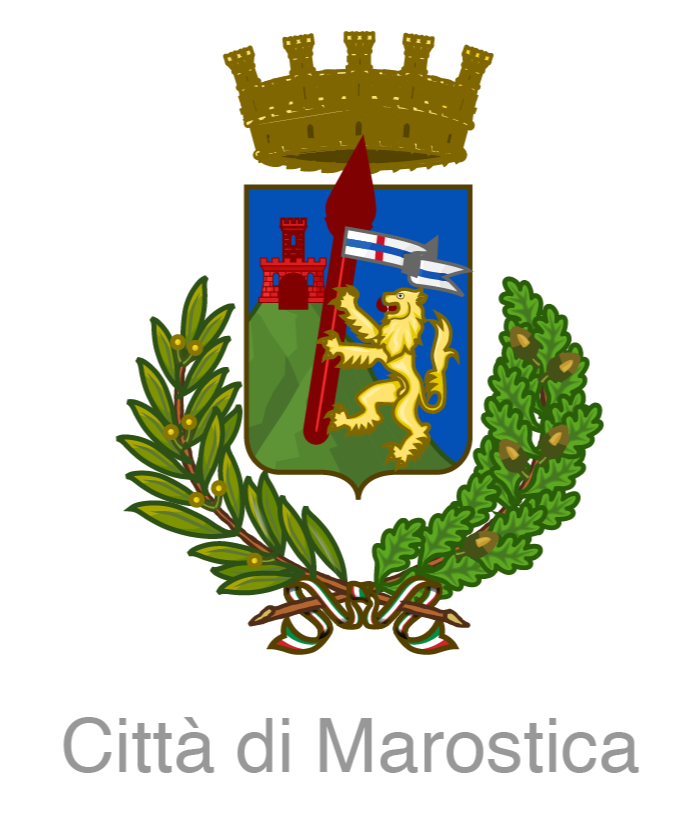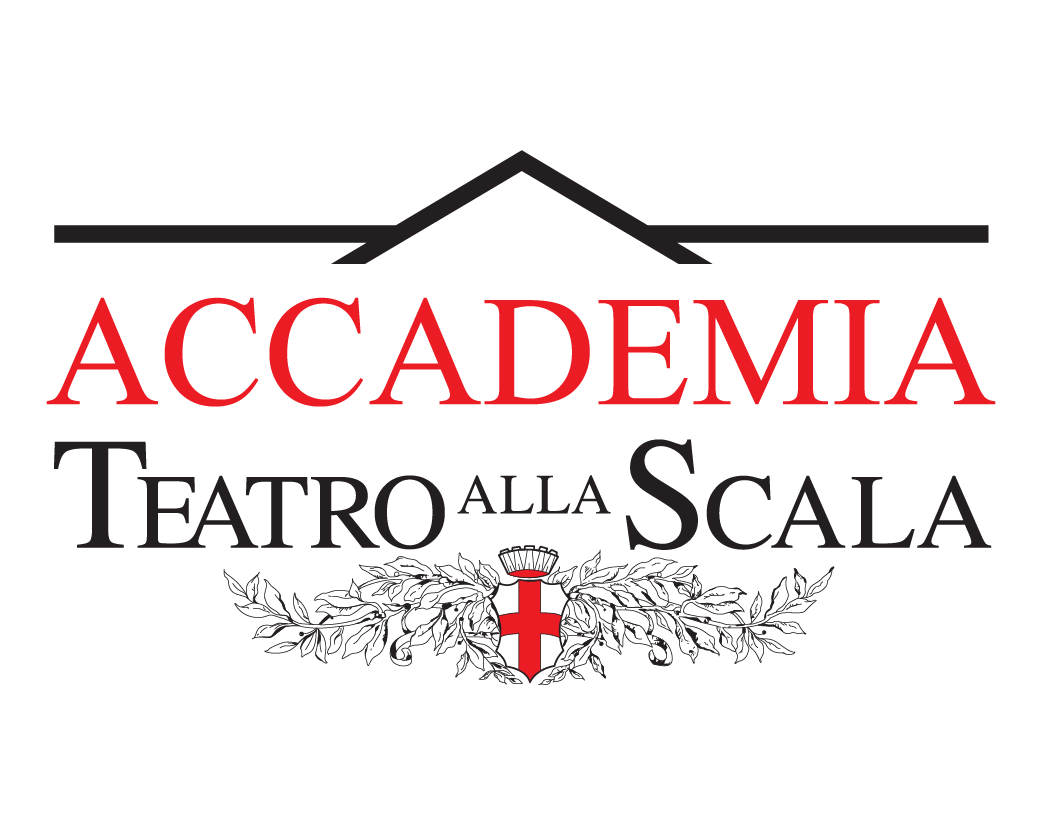The game
A surprising challenge. A dynamic, exciting, highly spectacular game of chess: this is what the square in Marostica has been offering spectators for 100 years: different every time, but always an incredibly beautiful spectacle. With an average of 22 moves and with the game lasting about an hour, this is a performance able to appeal to everyone. It’s a thrilling experience for chess enthusiasts, fascinating for a less expert audience, and an engaging spectacle for children. The thrill of the performance comes from the presence of the living chess pieces and their magnificent attire.
